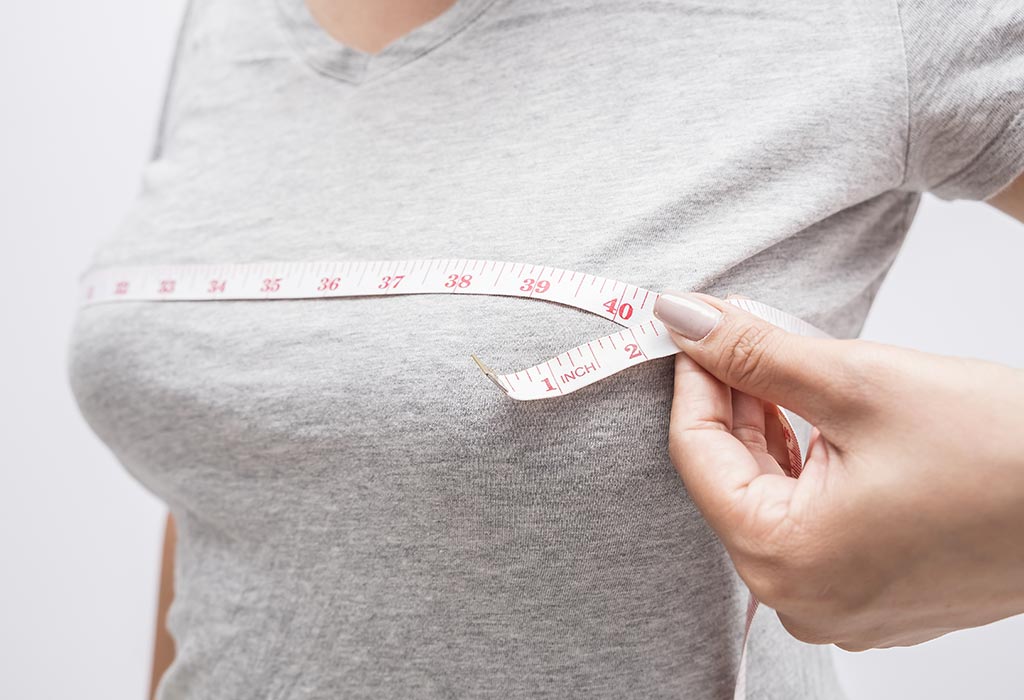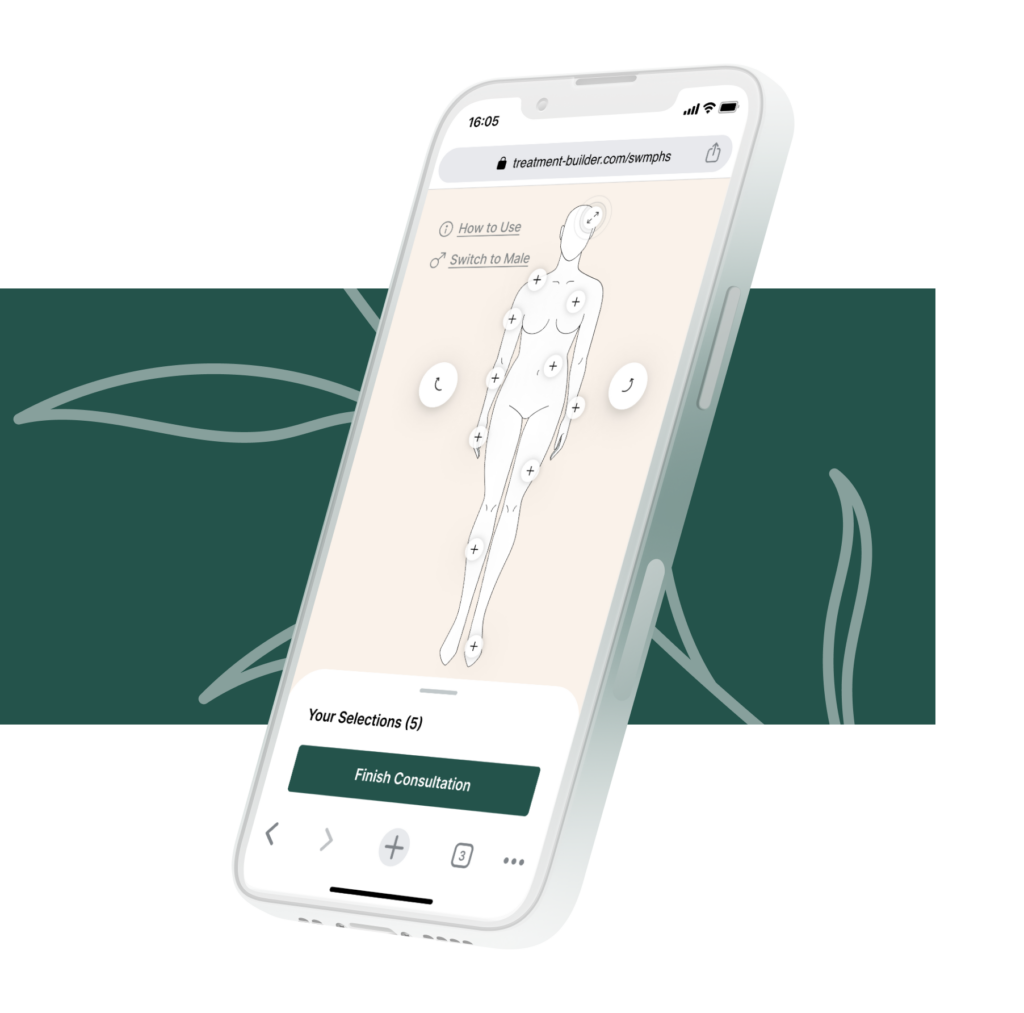
Every woman has looked in the mirror and wished she could change something about her body. For many women, especially those who have been pregnant, their most significant concern is the size of their breasts. At Southwest Michigan Plastic and Hand Surgery in Portage, MI, we’d like you to know that you don’t have to settle for heavy, sagging breasts. Today, we highlight one of our most popular procedures: breast reduction.
What Is a Breast Reduction?
Breast reduction, also known as reduction mammoplasty, is a procedure that removes excess skin, fat and other tissue from your breasts. While it is extremely popular among women, it is also the most popular procedure received by men.
Most women opt for reduction mammoplasty to relieve back pain, help them lose weight and achieve more proportional contours. For men, reduction mammoplasty is popular to treat gynecomastia.
What Is Gynecomastia?
Gynecomastia is a medical condition characterized by swollen male breast tissue. This may be caused by weight gain, but it is almost always the result of hormonal imbalances. Puberty, aging, medications and other health conditions can all be responsible for too much estrogen or not enough testosterone in men.
Unfortunately, gynecomastia causes uncomfortable, sometimes painful swelling. Even worse, it wreaks havoc on a man’s self-confidence, preventing him from participating in certain activities, like swimming, water polo and pick-up basketball.
Treatment Options for Gynecomastia
If gynecomastia is merely a symptom of excess fatty tissue, weight loss will reverse the condition. Unfortunately, it is not usually this simple.
When gynecomastia is triggered by hormonal imbalances, many men turn to weight gain to make their chest look more proportionate to the rest of their body. This is terrible for their health, and their breasts only grow with the rest of their body.
Other men turn to building their pectoral muscles. Since the breast tissue is on top of the pectoral muscles, the condition is merely exacerbated. The most effective solutions for the reversal of gynecomastia are reduction mammoplasty and body contouring methods, like liposuction or CoolSculpting.
How Many Sizes Can You Go Down In A Breast Reduction?
Several factors affect how many sizes you can expect to lose with a breast reduction. These include how much volume you have to lose, the composition of your breasts and what incision technique is used, among other factors.
In general, you can expect to lose around one or two cup sizes. During your initial consultation, we will evaluate your aesthetic goals and breast composition to give you a good idea of what results you can realistically expect.
Am I a Good Candidate for Reduction Mammoplasty?
The best male candidates for reduction mammoplasty are adolescents and adults who do not smoke, do not suffer from diabetes or heart conditions, are not morbidly obese and want to reverse gynecomastia. For females, the best candidates for reduction mammoplasty can relate to the following:
- Trouble fitting into bras and clothing
- Nerve pain
- Chronic skin irritation or rash beneath the breasts
- Chronic neck, back and shoulder pain requiring medication
- Restricted activity
- Poor self-image related to breasts
You Have Ptosis
Ptosis, also known as sagging, is a common consequence of aging. However, it can also be caused by a high BMI, large cup size, drastic weight fluctuations, breast composition and density, cigarette smoking, inelastic skin and multiple pregnancies.
In some cases, reduction mammoplasty alone is enough to reverse ptosis. By removing excess skin and breast tissue and repositioning the nipple, many women find that a breast lift is unnecessary.
Who Is Not a Good Candidate for This Procedure?
We recommend holding off on reduction mammoplasty in two cases. The first case is planned childbirth and the second case is planned weight loss. Let’s take a closer look.
Benefits of Evolve X Transform
Evolve X’s versatile and complete body contouring technology makes it the ideal treatment method for eliminating stubborn fat, tightening flaccid skin and reducing cellulite. Get precise results that match your goals and let Evolve X transform your body!
Motherhood
We strongly recommend waiting until you are done having children to undergo reduction mammoplasty. Research has shown that reduction mammoplasty does not affect your ability to breastfeed because the nipple is not separated from the underlying tissue.
However, pregnancy causes hormonal fluctuations which may increase the size of your breasts. Thus, if you receive reduction mammoplasty before you are done adding to your family, you may need a follow-up procedure to achieve your desired contours and proportions again.
Weight Loss
There are no risk factors associated with losing weight after receiving a reduction mammoplasty. However, it is important to understand that your breasts may be largely due to fatty tissue deposits, not just excess glandular tissue.
You may find that losing body fat through diet and exercise results in smaller breasts. Thus, you may need a less extensive reduction in breast volume through reduction mammoplasty. Among other things, this will shorten the length of your recovery time.
How Can I Prepare for Reduction Mammoplasty?
During your initial consultation, we will review your medical history and assess your current overall health status to ensure you are healthy enough to undergo this procedure at this time. Then, we will go over your expectations for breast appearance and size after your procedure to make sure your expected results are realistic.
If you think it would be helpful, bring in pictures of what you think your ideal breasts would look like. This can help us determine if this is the right procedure for you and if your breasts would be proportionate with the rest of your contours, such as your waist and hips.
Once we determine that reduction mammoplasty is the right procedure for you, we will examine and measure your breasts. We will also take photographs of your breasts for the purposes of your medical records and review the best type of anesthesia for your unique situation.
What Else Do I Need to Do to Prepare?
Before your reduction mammoplasty, you should also get a baseline mammogram and receive any dental procedures you need done. These appointments cannot be met for six months to a year after your reduction mammoplasty. Moreover, you may need to receive certain lab tests to confirm your health.
One of the most important things you need to do in advance of your reduction mammoplasty is stop smoking for six weeks before your procedure. Be prepared to not smoke for six weeks post-op, either. For 72 hours before and after your procedure, stop taking aspirin, NSAIDs and certain supplements which thin the blood.
What Can I Expect During My Procedure?
Depending on the volume reduction you need to achieve, you may receive one of several types of incisions. In most cases, incisions are made around the areola and down each breast. Excess fat is generally removed via liposuction. Then, excess breast tissue and skin are removed to further reduce the size of your breast.
Finally, the breast is reshaped, the remaining skin is lifted and the nipple and areola are repositioned. If you are concerned with the size of your areola, this can be reduced, as well. In nearly every case, the nipple and areola remain attached to the breast. However, if your breasts are very large, they may need to be grafted into a higher position onto the breast.
Is Reduction Mammoplasty a Stand-Alone Procedure?
Whether reduction mammoplasty is a stand-alone procedure or not depends on your unique aesthetic goals. Some women find they only need reduction mammoplasty to achieve their desired contours.
Others include this procedure along with several others in what is known as a “mommy makeover”. A mommy makeover is a set of body contouring and feminine rejuvenation procedures that help women get back their pre-natal bodies.
Excellent complementary procedures for mothers include vaginoplasty, labiaplasty, abdominoplasty, breast lift, arm lift and thigh lift.
Reduction Mammoplasty Techniques
“Lollipop” Technique
The lollipop technique used for reduction mammoplasty can result in a breast volume reduction of roughly one cup. This method, also known as a vertical reduction mammoplasty, is popular because the round incisions are hidden within the dark folds of the areola.
Your recovery time may also be shorter with this method. The downside is that you won’t get dramatic results. If you need to reduce breast volume by 50% or more, this is not the right technique for you.
Horizontal Technique
The horizontal technique involves a horizontal incision made along the inframammary fold. The nipple and areola are elevated without the need for a vertical incision. This technique is ideal for women who want to reduce their breast volume by several cup sizes.
There are several advantages to this technique. Primarily, there is no vertical incision. Secondarily, the incision around the nipple-areola complex is nearly invisible, and there is no incision made within the mammary folds.
Inferior Pedicle Technique
The inferior pedicle technique is also known as the anchor technique, inverted-T technique, or Wise technique. This technique is ideal for women with overly sensitive breasts who may still need full lactational function and capability.
The incision pattern looks like an upside-down “T”, with incisions made within the areola, down the breast hemisphere, and beneath the breast folds. If you have been diagnosed with macromastia or gigantomastia, this is most likely the ideal technique for you.
Lipectomy
In some cases, women only need a subtle reduction in breast volume. For example, one breast may have decreased in volume more than the other during nursing or after weight loss. In such cases, nothing more than liposuction may be necessary to reduce adequate breast volume and restore symmetry. This technique involves only localized anesthesia.
This may be the ideal technique for you if you only need around a one-cup reduction in breast volume, you have low-density breasts comprised mostly of adipose tissue (fat deposits), your skin is fairly elastic, and you only suffer from mild sagging.
What Can I Expect After My Procedure?
Immediately after your procedure, your breasts will be covered with bandages or a gauze dressing. You will receive prescriptions for analgesics to keep you comfortable after your procedure and antibiotics to prevent a potential infection.
For the first several days post-op, you will need to wear a compression bra to protect your breasts. Limit physical activity, such as lifting objects over 10 pounds and vigorous exercise, for two to four weeks post-op. You should also avoid wearing bras with underwires for the first few months post-op.
How Can I Make My Recovery Smoother?
1. Stay Hydrated
It is absolutely essential that you drink between eight and 10 cups of water daily for several weeks before your procedure. After your procedure, you will need to continue drinking between eight and 10 cups of water daily at a minimum.
Water is important for every aspect of your health. However, it is even more important that you remain hydrated after undergoing a medical procedure. This is because the analgesics given to you post-op may cause constipation if you are not hydrated enough.
2. Arrange for a Ride
If you are put under general anesthesia for your procedure, you may not drive for the following 24 hours. Thus, you will need someone to drive you to and from your appointment.
You should also arrange for someone to stay with you for at least the first 24 hours post-op. Ideally, you will have a support system in place for at least the first one to four weeks post-op.
3. Prepare Your Recovery Room
Before you come in for your procedure, make sure you prepare a room in your home for your recovery. This may be your den, bedroom or another room in your home that you feel most comfortable in.
Make sure there is plenty of bottled water within a few inches of where you will be resting. You should also have an activity prepared to keep your mind occupied during your recovery.
Most people enjoy books or a television to keep them entertained. Just remember that you will be in and out of consciousness for the first day or so after being put under general anesthesia. Rest whenever your body tells you to.
4. Walk
Walking is great for your recovery process. As soon as you feel ready, approximately the first day post-op, walk a short distance. Rest for a while if you need to, then walk back to where you started from. Every day, try to walk farther than you did the day before. Walk short distances several times daily to keep your blood circulating adequately.
5. Freeze Several Meals
We strongly recommend prepping, cooking and freezing several meals in advance of your procedure. Soups starring legumes are great because they are high in fiber and protein. They also freeze and reheat well.
Make sure you’re getting at least your recommended daily allowance of protein every day. You should try to consume three grams of soluble fiber for every gram of insoluble fiber in your diet.
6. Speak With Your Supervisor
Most clients need a few days of rest before they are ready to go back to work. If you work a white-collar job, you may only need to take off Friday and go back to work Monday morning. Just make sure she is aware that you may need some time off for recovery. If you work a blue-collar job, you may need a week or two off of work.
Get the Contours and Proportions of Your Dreams
Reduction mammoplasty can alleviate back, neck and shoulder pain, improve your self-confidence, reduce nerve damage and more. To learn more about the incredible benefits of breast reduction and how much volume you can expect to lose, contact the dedicated beauty experts at Southwest Michigan Plastic and Hand Surgery in Portage, MI today to schedule your initial consultation.



